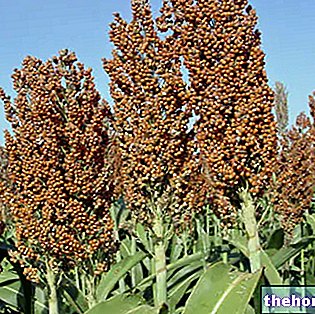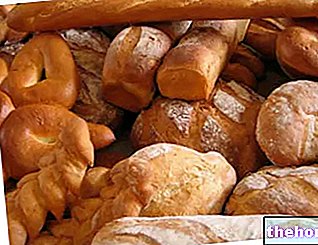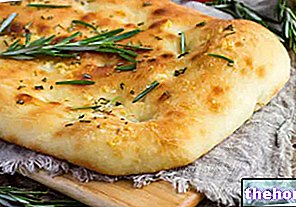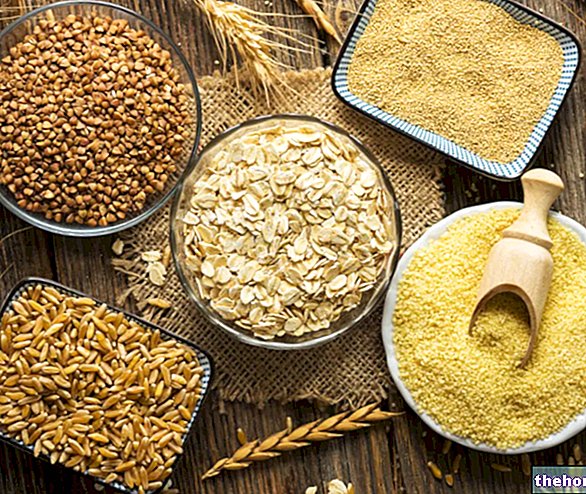The yellow flour bramata is a food based on cereals; in particular, it is a derivative of the starchy seeds produced by the annual herbaceous plant Zea mays - Poaceae family (Graminaceae).

Corn flour is mainly used for the production of first courses; Bergamo's polenta is famous - spooned or sliced - made with yellow flour.
From the nutritional point of view, due to its chemical characteristics, the yellow flour is included in the III fundamental group of foods. Poor in water - the seeds are dehydrated before grinding in order to increase their conservation - it is very caloric because it is rich in complex carbohydrates. It contains dietary fiber, mineral salts and specific vitamins. Note: like other dry derivatives of starchy seeds, also bramata yellow flour absorbs a lot of water during cooking, drastically reducing its caloric density.
The yellow flour bramata is not a real flour. In fact, according to the Italian specification, this wording is strictly reserved for the product of grinding the seeds of Triticum aestivum - Wheat. All the others are called "flours".









.jpg)


















